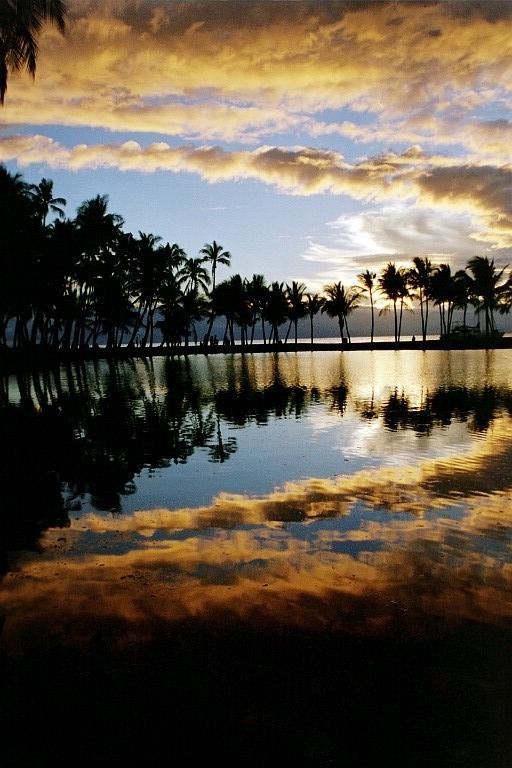Science - Mystery of the sunrise and sunset
Different places on the Earth have different sunrise/sunset times and rising/setting points for any particular day. Each day the rising and setting points change slightly. Additionally, for any specific location, the rising/setting points change every day during the year.
The solstice is an event in the Earth’s orbit during which the tilt of the Earth’s axis is pointed most directly towards or away from the Sun. During the summer and winter solstice, the maximum change is noticed. At the summer solstice, the Sun rises as far to the northeast as it ever does, and sets as far to the northwest. Every day after that, the Sun rises a tiny bit further south. The longest sunsets happen around the time of the solstices. Sunsets take a longer time around solstices, and a shorter time around equinoxes. As viewed from both the Northern and Southern Hemispheres, the sun rises and sets farthest north at the June solstice and farthest south at the December solstice.
The sunset duration varies by latitude. At more northerly temperate latitudes, the sunset duration is greater; and at latitudes closer to the equator, the sunset duration is less. The summer solstice for the northern hemisphere occurs within a few days of June 21 every year. It is on this day that the position of the Sun at Sunrise and Sunset is farthest north for the year. The winter solstice is around December 21, marking the date on which the Sun rises and sets farthest south. Therefore, on the winter and summer solstice, the sunrise and sunset points have the most variations.

Qur'an - Mystery of the sunrise and sunset
There are many verses in the Holy Qur’an referring to the singular form of the words “east” (ٱلْمَشْرِقُ ) and “west” ( ٱلْمَغْرِبُ ). For example:
قَالَ رَبُّ ٱلْمَشْرِقِ وَٱلْمَغْرِبِ وَمَا بَيْنَهُمَآ إِن كُنتُمْ تَعْقِلُونَ
[Moses] said, "Lord of the east and the west and that between them, if you were to reason. 26:28
There are also plural form of the words “east” and “west”. For example:
فَلَآ أُقْسِمُ بِرَبِّ ٱلْمَشَـٰرِقِ وَٱلْمَغَـٰرِبِ إِنَّا لَقَـٰدِرُونَ
But nay! I call to witness [Our being] the Sustainer of all the points of sunrise and sunset: verily, well able are We 70:40
Qur’an also mentions the words “east” and “west” in a special Arabic form which means “two easts” and “two wests”!
رَبُّ ٱلْمَشْرِقَيْنِ وَرَبُّ ٱلْمَغْرِبَيْنِ
[He is] the Sustainer of the two points of sunrise, and the Sustainer of the two points of sunset. 55:17
No! the above verses are not contradictory. It is a mystery that has baffled many Muslim scholars. We are fortunate to have a 1400-year old clarification given by Hazrat Imam Ali ibne AbiTalib (AS).
As the prophet said: “I am the city of knowledge and Ali is its gate”.
Please note that we are not translating word by word text of what Imam said. Instead we're presenting a summary.
The Imam was at a mosque when a person named Ibne Kawwa asked the following question in front of the crowd. "Isn’t it contradictory that the Qur’an refers to the east and west in multiple different forms?"
Imam responded: By using the single form of those words, Allah is referring to the geographical east and west.
(i.e., by modern standards, Atlantic Ocean is to the east and Pacific ocean is to the west of USA)
Next, Imam continued: By using the “two easts & two wests”, Allah is telling us about the two extreme seasonal sunrise and sunset points associated with the solstices.
(i.e., by modern standards, Allah is giving us a hint about the rotation of the Earth around the Sun since if the Earth was stationary, we would not see this phenomena)
Finally, Imam completed his explanation: By using the plural form of the words, Allah is referring to 360 different sunrise and sunset points for any specific location.
(i.e., by modern standards, the position of sunrise/sunset for a specific location changes every day during a year – By saying 360, Imam is proving that the Earth is a sphere! How else can you end up with 360?!)

